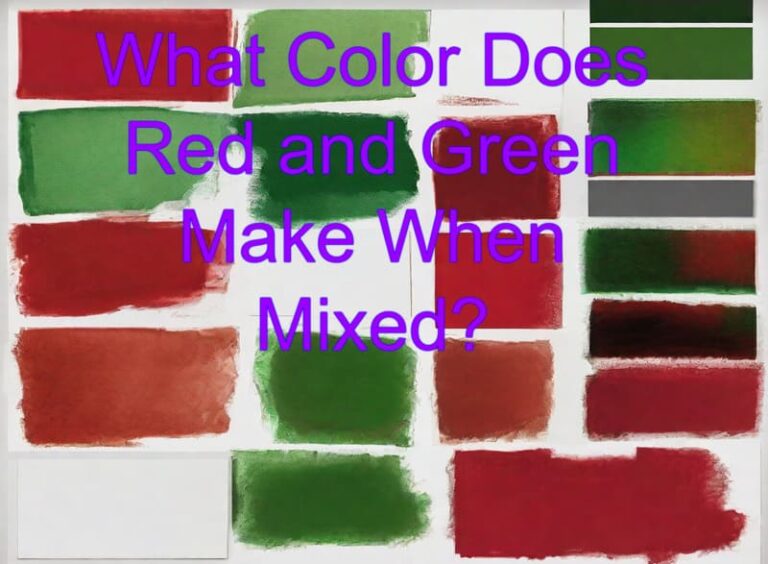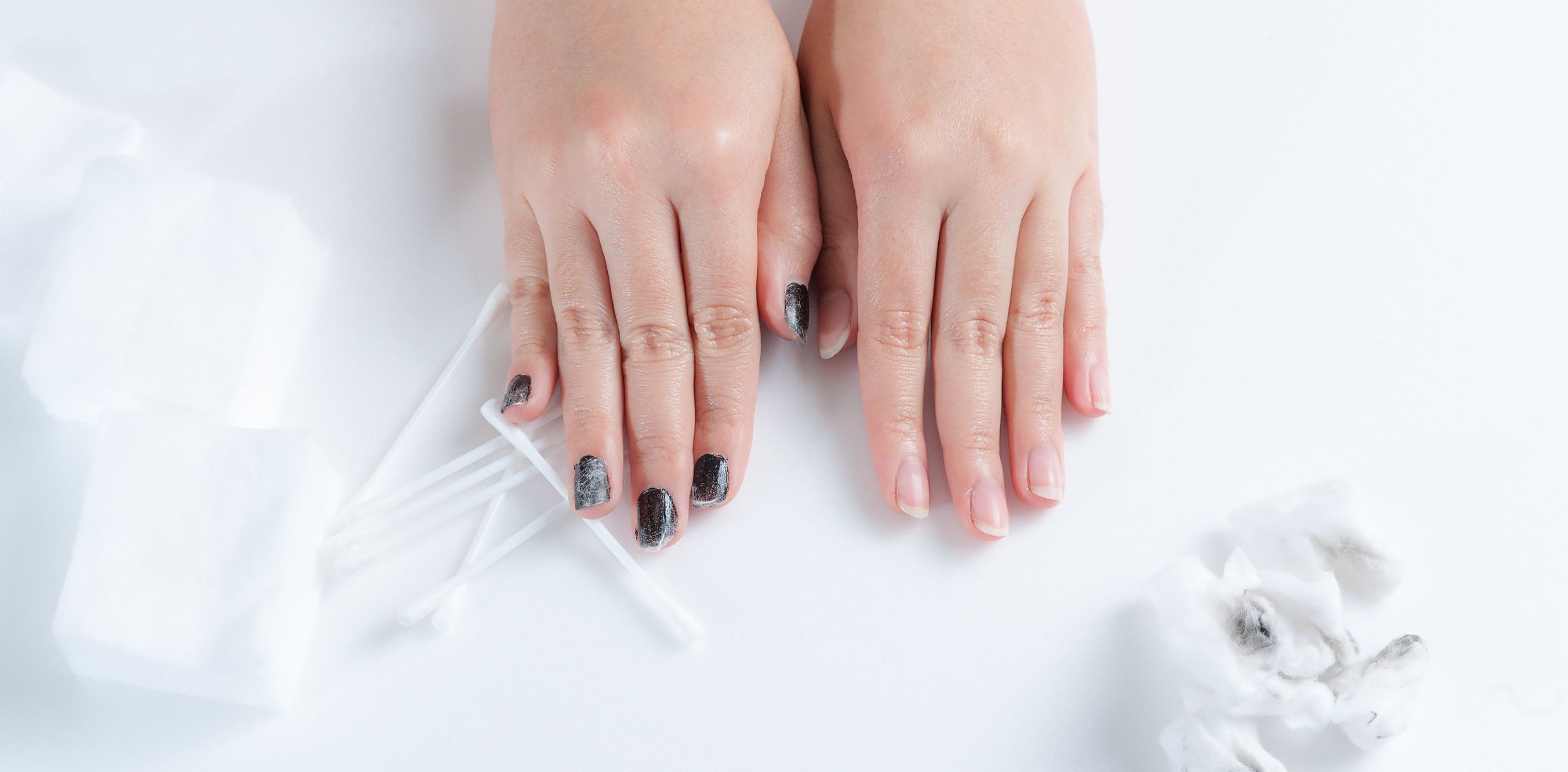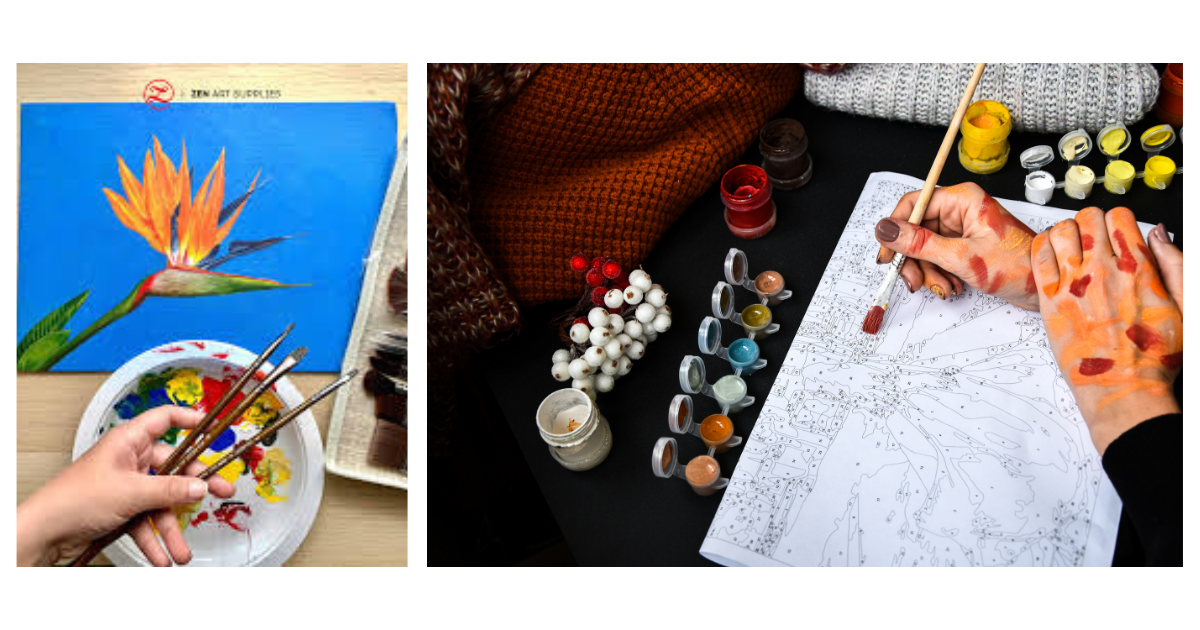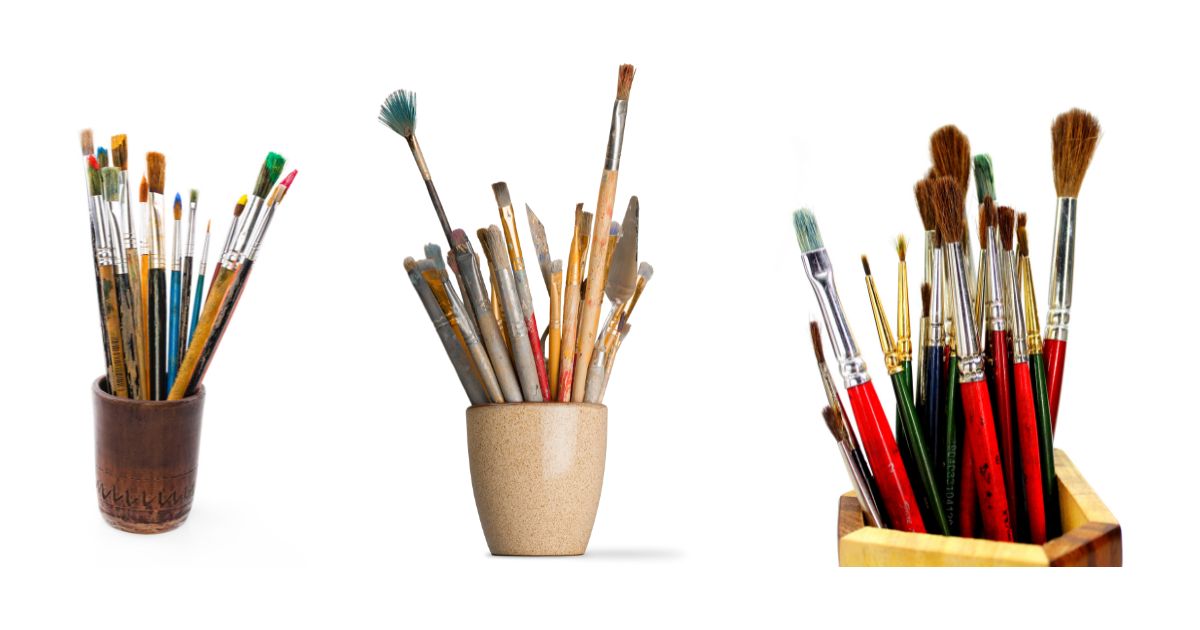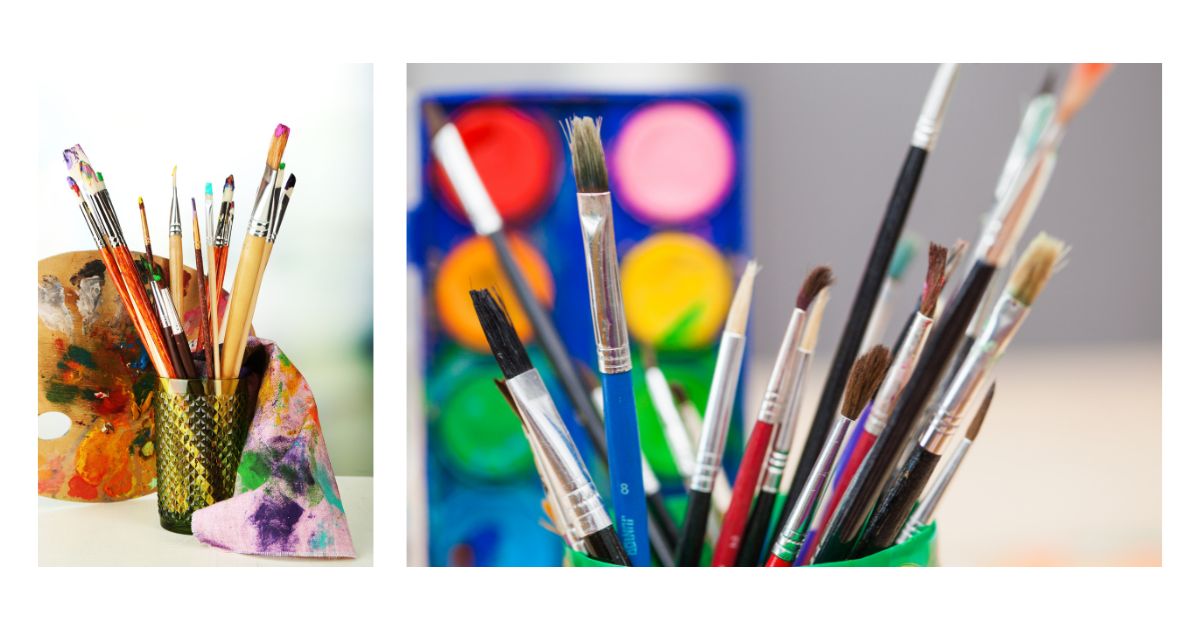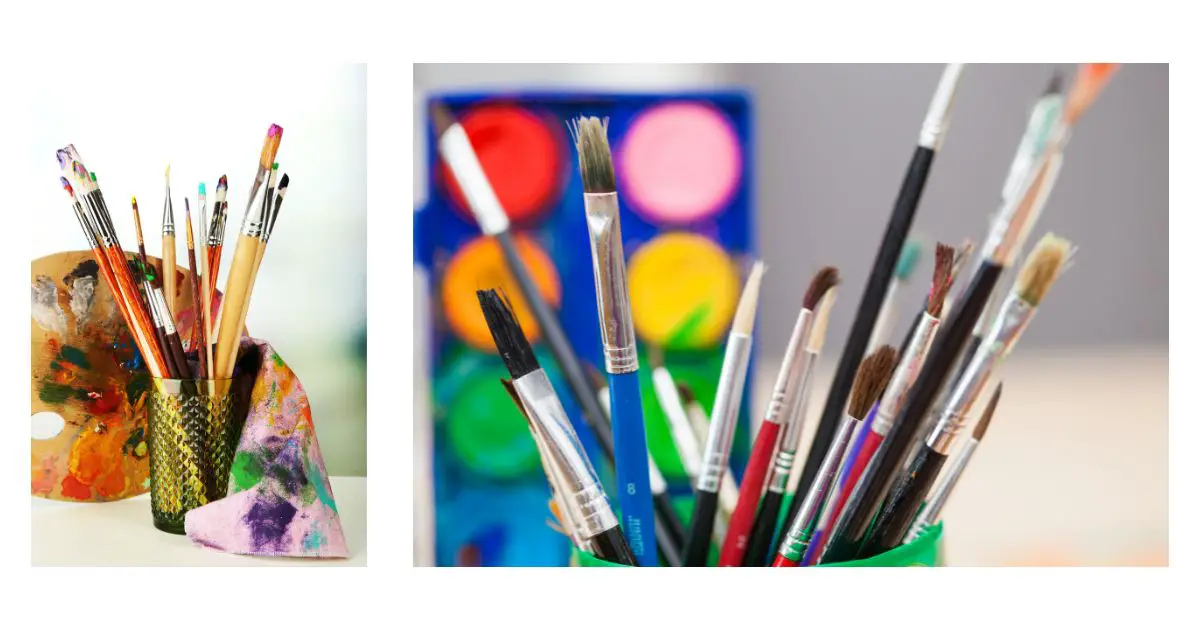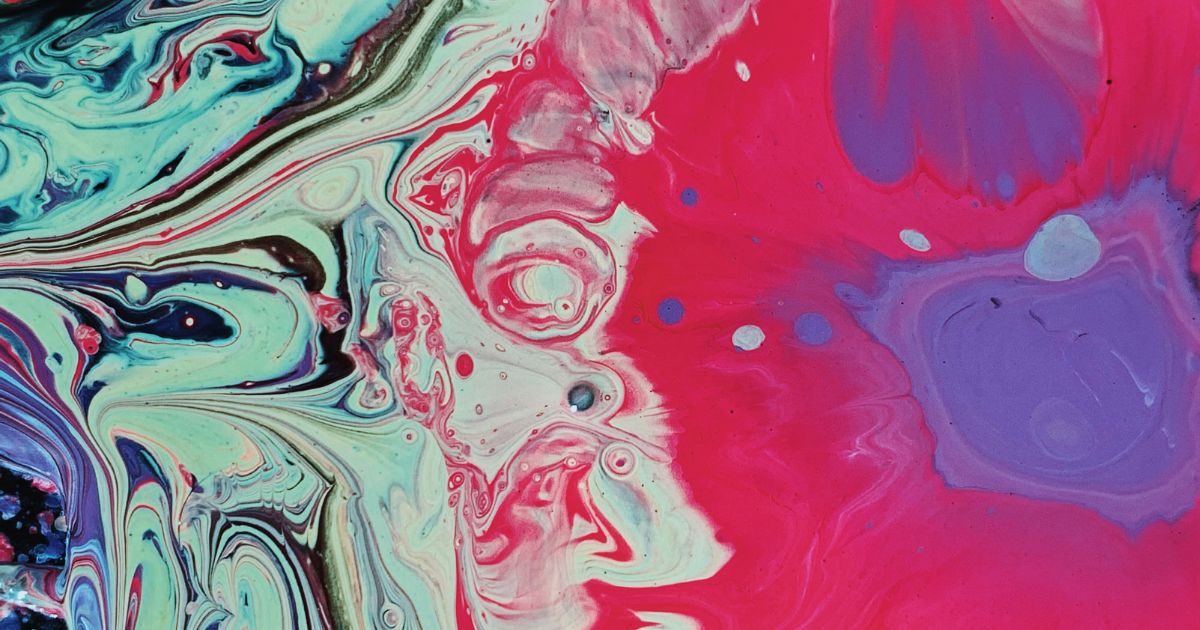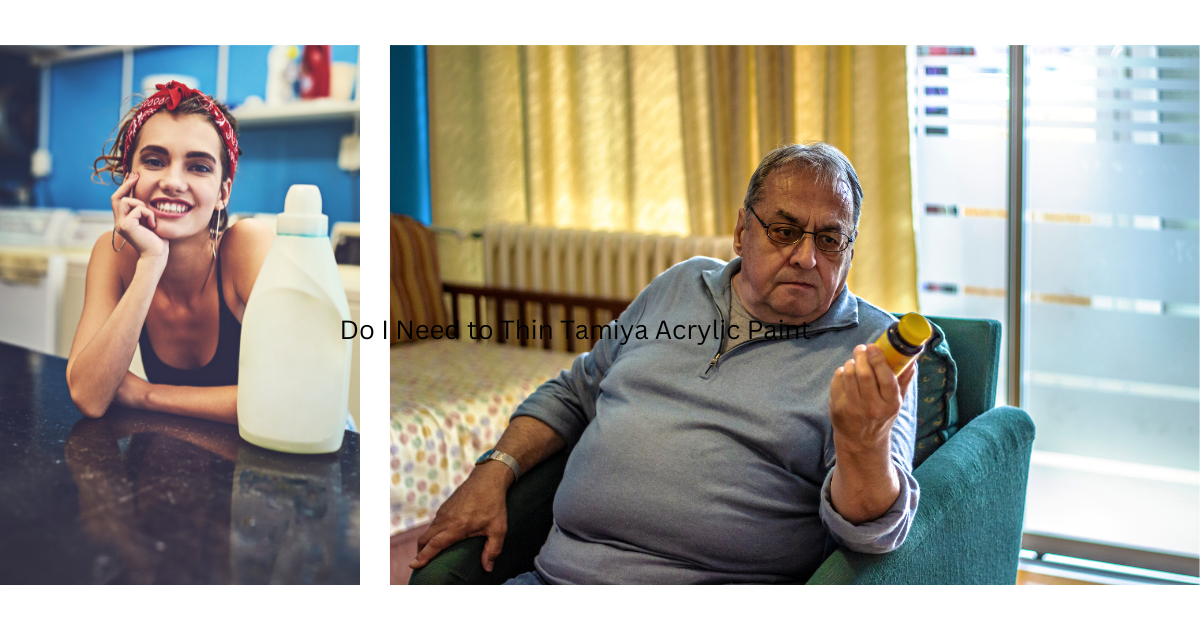Color mixing is a captivating subject that sparks our imagination and creativity. One common question that often arises is: What color does red and green make when mixed?
In this blog post, we will delve into the realm of color theory and explore the principles of additive and subtractive color mixing to uncover the answer.
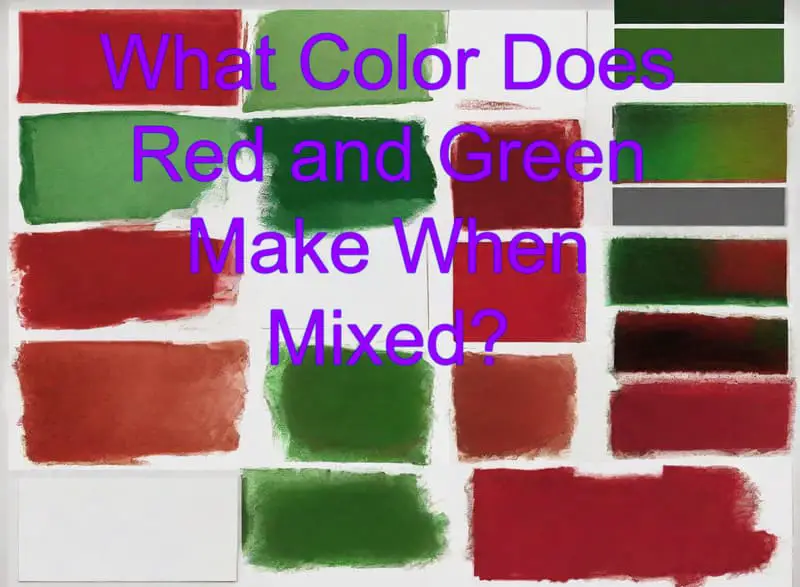
Understanding the Colors
Red is a vibrant and energetic color often associated with passion, strength, and intensity. Green, on the other hand, evokes a sense of nature, growth, and harmony. Both red and green are primary colors with distinct characteristics. Red is commonly found in ripe strawberries or the fiery glow of a setting sun, while green is reminiscent of lush vegetation and vibrant grass in a meadow.
Below are the characteristics of the red and green colors :
| Attribute | Red | Green |
|---|---|---|
| Primary Color | Yes | Yes |
| Symbolism | Passion, | Nature, |
| strength, | growth, | |
| intensity | harmony | |
| Associated | Fire, love, | Lush |
| Concepts | power | vegetation, |
| renewal | ||
| Color Spectrum | Approximately | Approximately |
| (Wavelength) | 620-750 nm | 495-570 nm |
| Characteristics | Vibrant, | Soothing, |
| warm, high | balanced, | |
| visibility | tranquil |
Additive Color Mixing
In the additive color model, red and green are primary colors that play a significant role. When red light and green light are combined at full intensity, they create yellow light.
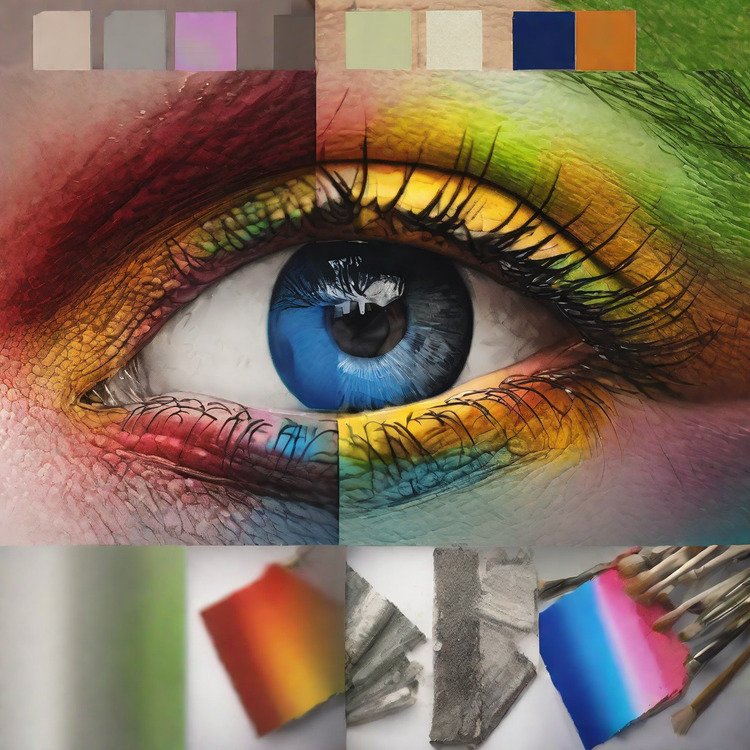
This is because red light has the highest intensity in the red spectrum, while green light has the highest intensity in the green spectrum. The overlapping wavelengths result in the perception of yellow light.
Subtractive Color Mixing
In the subtractive color model, which involves mixing pigments or dyes, the outcome of red and green mixing varies. Red and green are subtractive colors that absorb specific parts of the light spectrum.
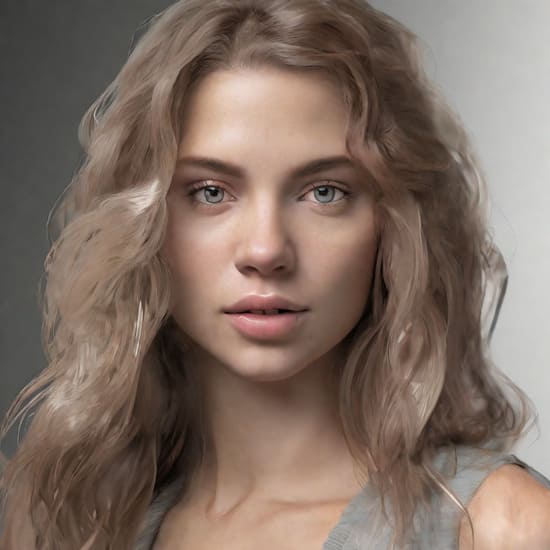
When red pigment and green pigment are combined, they absorb their complementary colors. Red pigment absorbs green light, while green pigment absorbs red light.
The remaining colors are reflected, resulting in the perception of a mixture. The specific resulting color when red and green are mixed can vary based on the shades and proportions used, often producing various shades of brown.
Factors Influencing the Result
Various factors can influence the resulting color when red and green are mixed. The specific shades and proportions of red and green used play a crucial role.
Equal amounts of red and green can result in an earthy tone of brown, but the dominance of one color in the mixture can shift the resulting brown towards a warmer or cooler hue.
Additionally, factors such as color intensity and lighting conditions can impact the perceived result, as well as the presence of other colors in the environment.
How Colors Interact and Combine?
Colors interact and combine in various ways, and understanding color mixing is essential in creating desired visual effects. Here are some examples of how colors interact and combine through mixing:
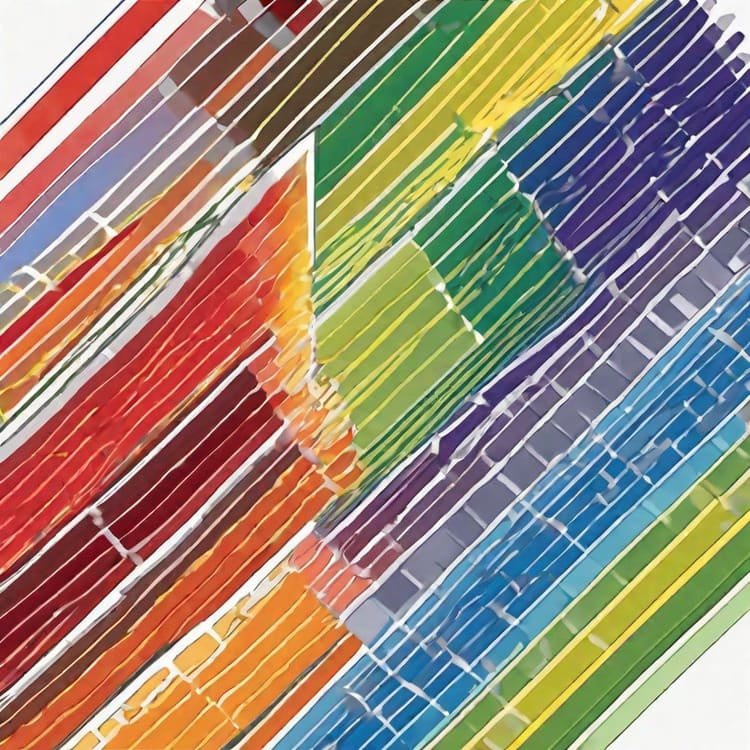
- Primary Color Mixing: Primary colors are the foundation of color mixing. When you mix equal amounts of two primary colors, you get a secondary color. For instance:
- Mixing red and blue creates purple.
- Mixing red and yellow produces orange.
- Mixing blue and yellow yields green.
- Secondary Color Mixing: Secondary colors can also be mixed together to create tertiary colors. For example:
- Mixing purple and orange creates a reddish-brown color.
- Mixing orange and green produces a yellowish-brown shade.
- Mixing green and purple results in a bluish-gray color.
- Tinting and Shading: Tinting involves mixing a color with white, resulting in a lighter version of the original color. Shading, on the other hand, involves mixing a color with black, creating a darker version. For instance:
- Tinting blue with white creates light blue.
- Shading red with black produces a dark red or maroon color.
- Complementary Color Mixing: Complementary colors are located opposite each other on the color wheel. When mixed together, they create neutral colors or shades of gray. Examples include:
- Mixing red and green results in a desaturated brown or grayish tone.
- Mixing blue and orange creates a muted grayish color.
- Color Harmonies: Color harmonies involve combining colors that are visually pleasing together. Some common color harmonies include:
- Analogous colors: Colors that are adjacent to each other on the color wheel, like blue, blue-green, and green.
- Triadic colors: Three colors that are evenly spaced on the color wheel, such as red, yellow, and blue.
- Monochromatic colors: Different shades and tints of a single color, creating a subtle and harmonious look.
Experimentation and Adjustments
To achieve the desired mixture of red and green, experimentation and careful adjustment of the mix are crucial. Artists and designers often explore different combinations to create specific colors and achieve desired visual effects.
By considering the specific shades and proportions, one can create a range of outcomes and explore the fascinating world of color mixing.
Conclusion
Color mixing is a fascinating journey that allows us to unlock the magic of colors. When it comes to mixing red and green, the result depends on the color model and context.
In the additive color model, red and green create yellow, while in the subtractive model, they often produce various shades of brown. Understanding the principles of color mixing and experimenting with different combinations can lead to exciting and unique results. So, unleash your creativity and embark on a colorful adventure as you explore the endless possibilities of mixing red and green.
Remember, the color mixing process is both an art and a science, and the more you explore and experiment, the more you’ll discover the vast world of colors and their captivating interactions.

